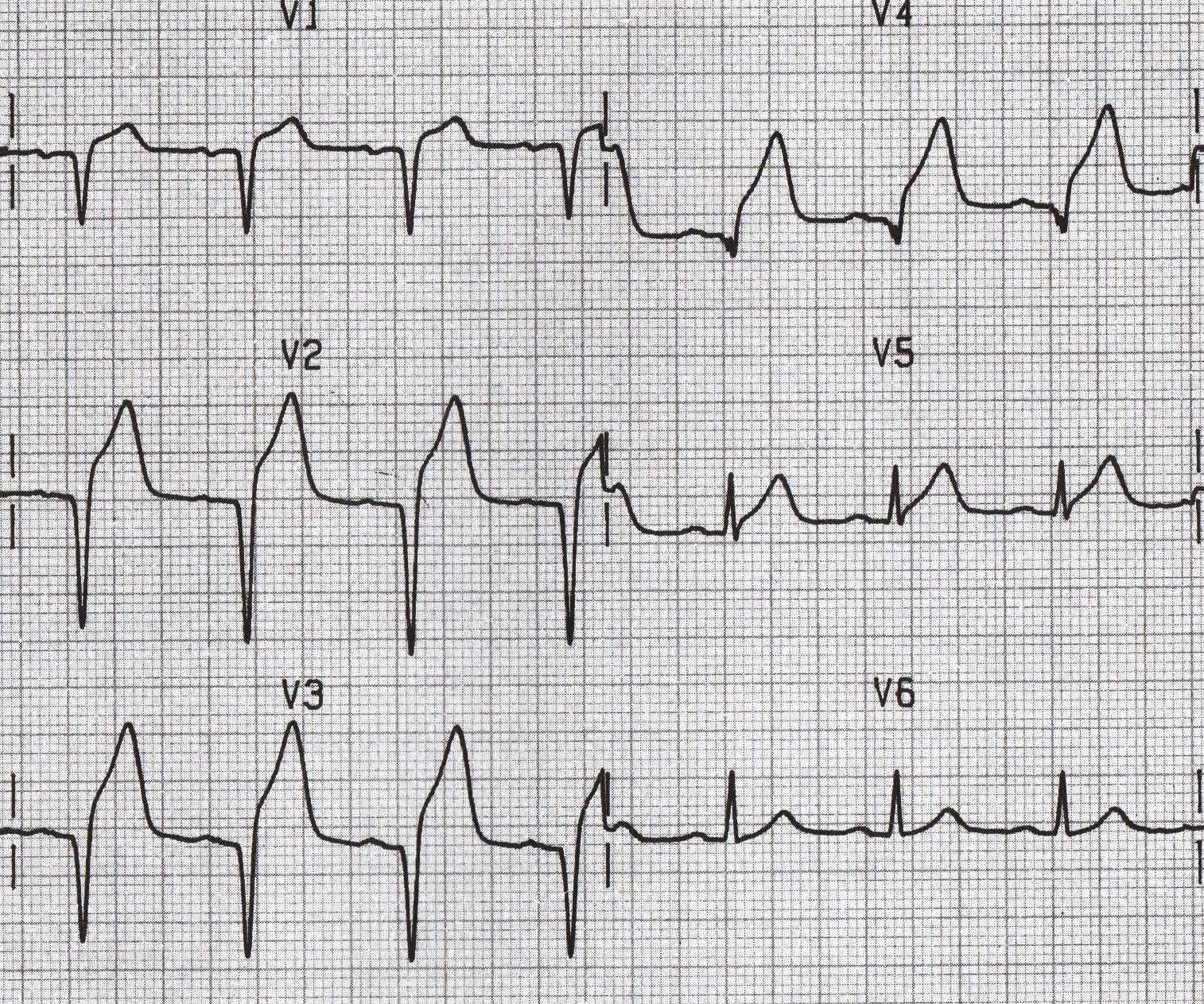Coronary Artery Disease: Clinical Case Study
Coronary Artery Disease Case |
HPI: PB, a 61-year-old man with Type II diabetes mellitus presents to the emergency room you are working at complaining of “heaviness” in his chest. He says the discomfort began as a pressure pain sensation in the middle of his chest shortly after starting to shovel snow from his driveway. He is sweaty and complains of nausea. He says the pain subsided somewhat when he sat down, but has persisted as a heaviness. PMI: PB has had mild chest pain in the past, which he attributed to indigestion. He says this is very different. He is a 2-pack-per-day smoker, has 2–3 alcohol drinks daily, and works as a litigation attorney. P/E: PB is obese and holding his fist over his sternum in apparent mild-moderate discomfort. Vitals signs are: HR 110; BP 145/95; RR 22; Temp 37°C (98.6°F); SpO2 92% on room air. Head and neck examination reveal no elevation of JVP, and a rapid carotid pulse. He has a third heart sound and a systolic murmur heard over the lower left side of his sternum. His peripheral pulses are decreased, and his capillary refill is delayed. His abdominal and respiratory examinations are unremarkable. Investigation: The triage nurse, ordered an electrocardiogram (ECG, or EKG) (see Figure 1). |

Figure 1 |
| Question | Your Answer |
What is the most likely diagnosis of this patient? |
Acute coronary syndrome: unstable angina or acute myocardial infarction. |
What are the risk factors does this man have that support the diagnosis? |
Diabetes, hypertension, obesity, smoking, alcohol, stressful lifestyle. Other risk factors include high cholesterol, triglyceride, and LDL levels. Older people are at increased risk and men outnumber women until menopause, when the gender gap is reversed. |
What would you expect to find on his ECG? |
The ST segment of the QRS complex may or may not be elevated and if elevated, help identify the location of the damage. A new bundle branch block (widened QRS complex) may be present, indicating interference with the normal conduction pathways. Pathologic Q waves may or may not develop within the first 24 hours. They indicate inactive or scarred myocardium. |
How does cigarette smoking affect his condition? |
Cigarette smoking leads to increased heart rate and vasoconstriction, thus contributing to hypertension and increased work of the heart. It also leads to lower HDL and elevated LDL levels, as well as increased fibrinogen levels and platelet aggregation, leading to thrombus formation. Finally, smoke contains carbon monoxide, which displaces oxygen from hemoglobin and therefore decreases oxygen delivery to tissues. |
Why does this patient have a third heart sound? |
The third heart sound (or, S3) occurs early in diastole and is best heard with expiration with a patient lying on his/her left side. It may indicate significant ventricular dysfunction in adults (it can be normal in children). In this patient, damage to the cardiac muscle may be making the ventricle less responsive to the normal filling from the atria. |
What laboratory tests would help confirm this diagnosis? |
Cardiac enzymes (troponins) are the earliest and most specific indicator of cardiac muscle damage. Other enzymes that become elevated include CPK-MB, LDH, and AST. |
What are the first therapeutics steps to be taken? |
|